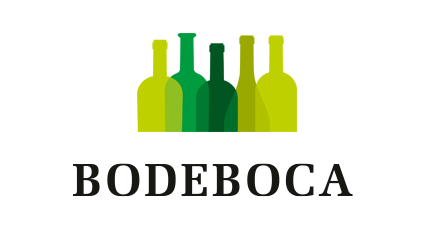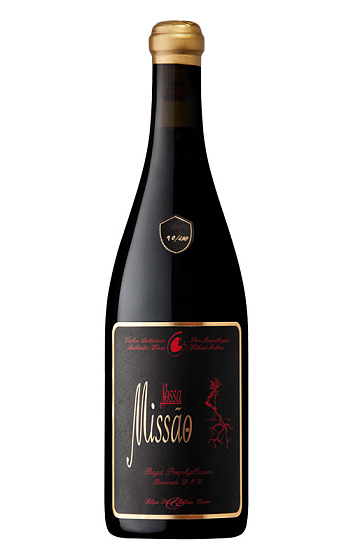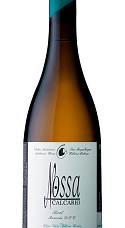Nossa Missao 2015
Descripción
Nossa Missão 2015 es un tinto elaborado a partir de uvas de la variedad Baga procedente de un viñedo prefiloxérico de 130 años con suelos calizos. Se trata de la primera añada de este vino de producción limitada (500 botellas). En sus primeros años destacan los aromas de violeta y a fresa. Un vino exuberante, con taninos pulidos, grandes matices de fruta y con gran potencial de envejecimiento.
Ficha técnica
Cata
Opinión de los críticos
The 2015 Nossa Missão is a Baga from a 130-year-old pre-phylloxera vineyard with limestone soils. Well, if you have any questions remaining as to whether terroir matters, here's a decisive entrant into the Pato collection. This differs dramatically from the regular Nossa red (also tasted). That shows more mid-palate solidity, plus a more refined and balanced feel. It showed much better frankly, at least now. This Missão is far more exuberant in some ways. While, for Baga, the tannins are controlled, it has big, blue-fruit nuances and even bigger bursts of acidity that initially make it tart. There is even some mouth pucker just now. Happily, that changed dramatically with decanting and time. On the other hand, there is little in the way of the fruit nuances that sometimes make some people (like Filipa's father, Luis) compare Baga to Nebbiolo. Maybe they will be there one day in the relatively distant future—but not today. This is the debut vintage, meaning that it does require more projection than usual. Call this a compromise score on a wine that is a little hard to read just now. It should improve notably in the cellar, but you are going to have to cellar it, both to bring it into better balance in terms of structure, and to obtain more character and complexity. It might well be one of those Bagas that doesn't really show all it has for at least a decade after the vintage date. I suspect this will be closer to peak around 2025-2030. It should last gracefully for another decade—or two—even after it hits peak, as it has the acidity to preserve it. There were approximately 500 bottles produced. No USA pricing was available just now, but it is set to run around 80 euros in Portugal.






Brutalissimo